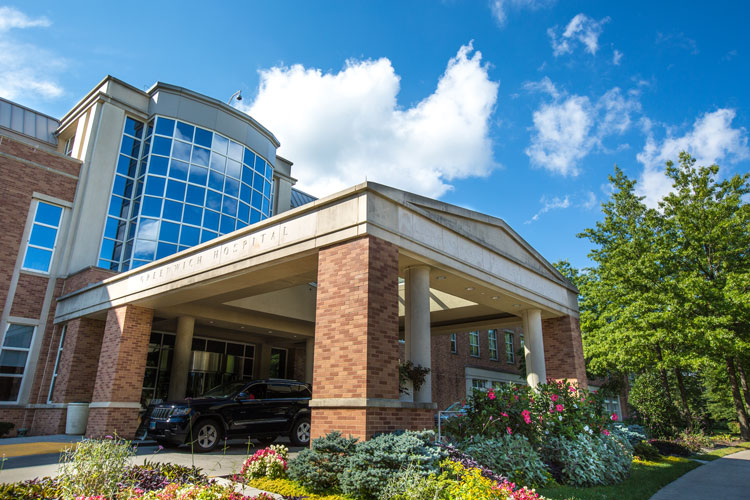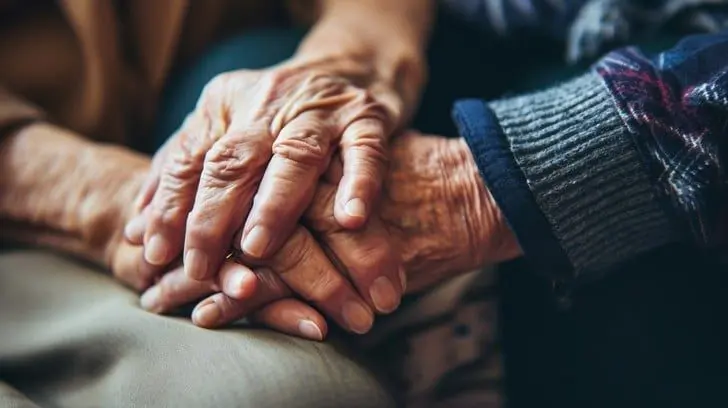
By Richard Kaufman
According to the American Heart Association (AHA), more than 800,000 deaths, or about 1 of every 3 deaths, in the United States is attributed to cardiovascular disease.
Greenwich Hospital is doing its part to make sure the community has the tools necessary through Cardiopulmonary Resuscitation (CPR) classes to respond to such life threatening situations.
“Knowing CPR empowers you to help someone who is in need,” said Kathy Carley-Spanier, RN, Director of Community Health at Greenwich Hospital.
There are different levels of CPR courses and education offered at the hospital, which are geared towards where the participants are at. The courses are designed by the AHA.
Along with learning how to perform CPR on an adult or child, the classes also teach how to recognize the signs and symptoms of a heart attack, or stroke. Stroke is the fourth leading cause of death in the U.S. The hospital also teaches how to perform the Heimlich Maneuver.
“We don’t want people to be driving themselves, or driving someone else to an Emergency Department. Calling 911 expedites your arrival to the Emergency Department, and you’re in the hands of EMS who are trained in basic life support,” Carley-Spanier said, noting that 50 percent of people die within the first hour of the onset of symptoms.
If they survive, it takes on average four hours for them to seek help from a professional. During that period, one could experience significant damage to their heart, so time is of the essence.
The Family and Friends class is aimed towards the average adult in the community.
“We teach you how to push fast, hard, deep, trying to get a heart rate of 100-120 times in a minute at the center of the chest right at the nipple line,” Carley-Spanier said. “What you’re doing when you’re doing CPR, you’re doing the workload of the heart. The heart is a pump, you’re squeezing the heart muscle, and the heart is a muscle between the breast bone and the spine, making it pump the blood out. You’re getting blood flow to the brain. The brain is sensitive to a lack of oxygen.”
This course also teaches participants how to perform CPR on a child or infant, and how to recognize if a young person is in a cardiac arrest situation.
The Heartsaver CPR AED class is for those who work at businesses, corporations or those who have a responsibility to respond to a cardiac emergency as part of their job. The classes teach how to use an Automated External Defibrillator.
“We also review what we call healthy lifestyles, and trying to promote heart health in terms of public education regarding the risk of smoking, high fat diets and promoting the benefits of exercise,” Carley-Spanier said.
Carley-Spanier sad she’s saved several lives through CPR. While taking a scuba diving class, a woman drowned and Carley-Spanier was able to resuscitate her. Another instance involved a baby who was born in a storefront. The baby stopped breathing, and she was able to use CPR successfully, meriting an award from the AHA and the state of Connecticut.
Carley-Spanier believes CPR is a skill everyone should learn.
“It could happen to anyone, at any point in time,” she said. “It’s an incredible skill to have and a basic skill that everyone should have.”
Classes are usually offered on Saturdays or during evenings from 6 to 8 p.m. There are usually four classes per month at a minimum. For more information, go to greenwichhospital.org.
“It really does empower you to help somebody else, and anyone can save a life,” Carley-Spanier said. “You just have to have the skills.”





